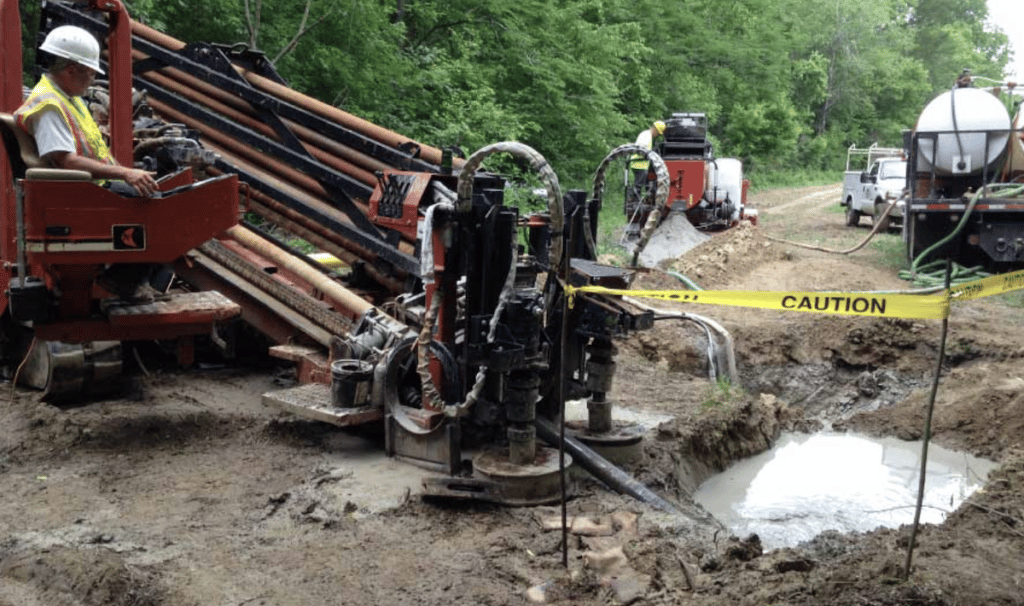Directional drilling is revolutionizing the landscape of subsurface investigation and utility deployment, developing extensively over the past few decades. As sectors like petroleum, utility services, and sustainable energy persist in innovation, comprehending the intricacies of this drilling technique is becoming more critical. For those newcomers, directional drilling allows operators to bore down and then navigate the drill bit horizontally, creating boreholes that maneuver through complex underground environments with accuracy. click optimizes resource extraction but also tackles challenges such as eco-friendliness and demands of urban infrastructure.
In this article, we will investigate the evolution of directional drilling technology, examine its multiple applications, and discuss the technical aspects that render it a preferred option across multiple sectors. We will showcase the advantages it provides over conventional drilling techniques, including reduced surface disruption and cost savings, while discovering the significant role it plays in promoting sustainable practices. Whether you are a seasoned professional or just beginning to explore this field, our detailed guide aims to provide a better grasp of directional drilling and its significance in the swiftly changing environment of today.
Comprehending Navigational Drilling
Directional drilling is a technique that permits for the drilling of wells at multiple inclinations instead of only vertical down. This cutting-edge approach allows operators to access target resources that may be located far away from the upright borehole. By modifying the inclination and orientation of the drill bit, angled drilling can access oil and gas reserves, implement utilities, or construct pathways for conduits without needing to drill straight on top of the intended point.
The core concept behind navigational drilling is to make use of modern technologies that allow for exact oversight over the drill path. Instruments such as pumping systems and innovative bore tools facilitate the navigation of the bore as it climbs, falls, or curves sideways. Additionally, continuous observation of the drilling process with monitoring technology ensures that workers remain on track, boosting effectiveness and minimizing the likelihood of financial errors.
This method has changed multiple industries by allowing projects in regions that would be difficult or impossible with conventional vertical drilling techniques. Whether it's reaching resources beneath metropolitan development or lessening ground interference in fragile locations, angled boring has become crucial in contemporary construction and retrieval. As the sector evolves, so do the methods and strategies, further enhancing the potential of angled drilling.
Benefits and Applications
Directional drilling offers multiple advantages over traditional drilling methods, primarily through its ability to reduce ground disturbance. By utilizing angled drilling, operators can access specific sites without the need for significant land clearing, preserving the surrounding environment. This technique is particularly beneficial in urban settings where space is limited and existing infrastructure must be protected. As a result, directional drilling supports the landscape while allowing for effective material retrieval and utility installations.
The applications of directional drilling extend beyond oil and gas extraction. It plays a key role in the utility installation sector, enabling the efficient placement of aquatic, wastewater, and telecommunications lines. This technology allows for under-road and under-river installations, removing the necessity of destructive trenching. Additionally, directional drilling is becoming more essential for renewable energy projects, like geothermic and wind energy, where precise drilling techniques are necessary to maximize energy efficiency and minimize ecological impacts.
As the demand for sustainable and efficient infrastructure grows, the benefits of directional drilling become more apparent. Its ability to reduce the environmental footprint of drilling operations makes it an ideal choice for sensitive locations, such as marshes and densely populated areas. Furthermore, the cost efficiencies associated with directional drilling, combined with its advancements in tech and surveillance technologies, position it as a pivotal tool in future construction and energy projects. The continuous progress of directional drilling techniques will influence the future of utility management and resource management for the foreseeable future.
Emerging Advancements in Guided Drilling
The future of directional drilling is set for important innovations driven by developing technologies. AI and ML are becoming integral to optimizing drilling operations, enabling more accurate predictions of drilling trajectory and minimizing the risk of financial mistakes. By processing large amounts of information in real time, these technologies can enhance the effectiveness of drilling processes and improve decision-making, leading to more secure and more streamlined operations.

In furthermore to AI, the incorporation of advanced sensors and applications is transforming how directional drilling projects are managed. These tools support real-time bore tracking and monitoring, allowing engineers to analyze performance metrics and ecological consequences more efficiently. The continued development of these systems will most likely lead to enhanced precision in drilling techniques, which is especially crucial in urban environments where space is limited and the stakes are high.
As the industry shifts towards green practices, there is a increasing emphasis on directional drilling as a means to promote green infrastructure projects. Breakthroughs in drilling fluids, waste management techniques, and resource-saving drilling techniques are becoming more prevalent. The focus on lessening the environmental footprint of drilling activities aligns with global sustainability goals, making directional drilling not only a viable choice and also a critical component of future infrastructure development.
